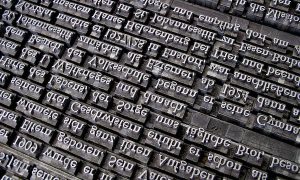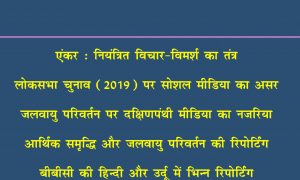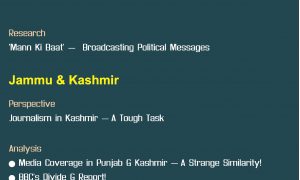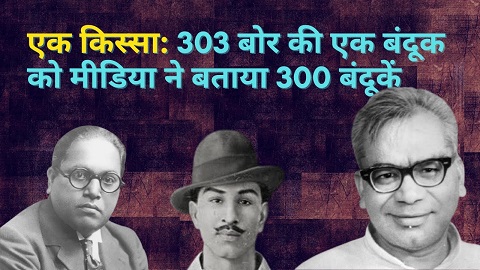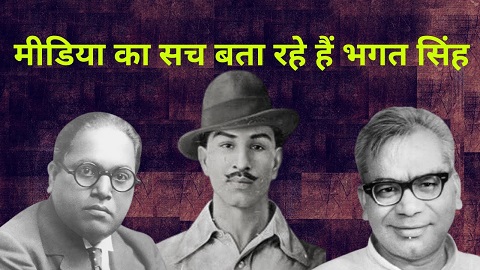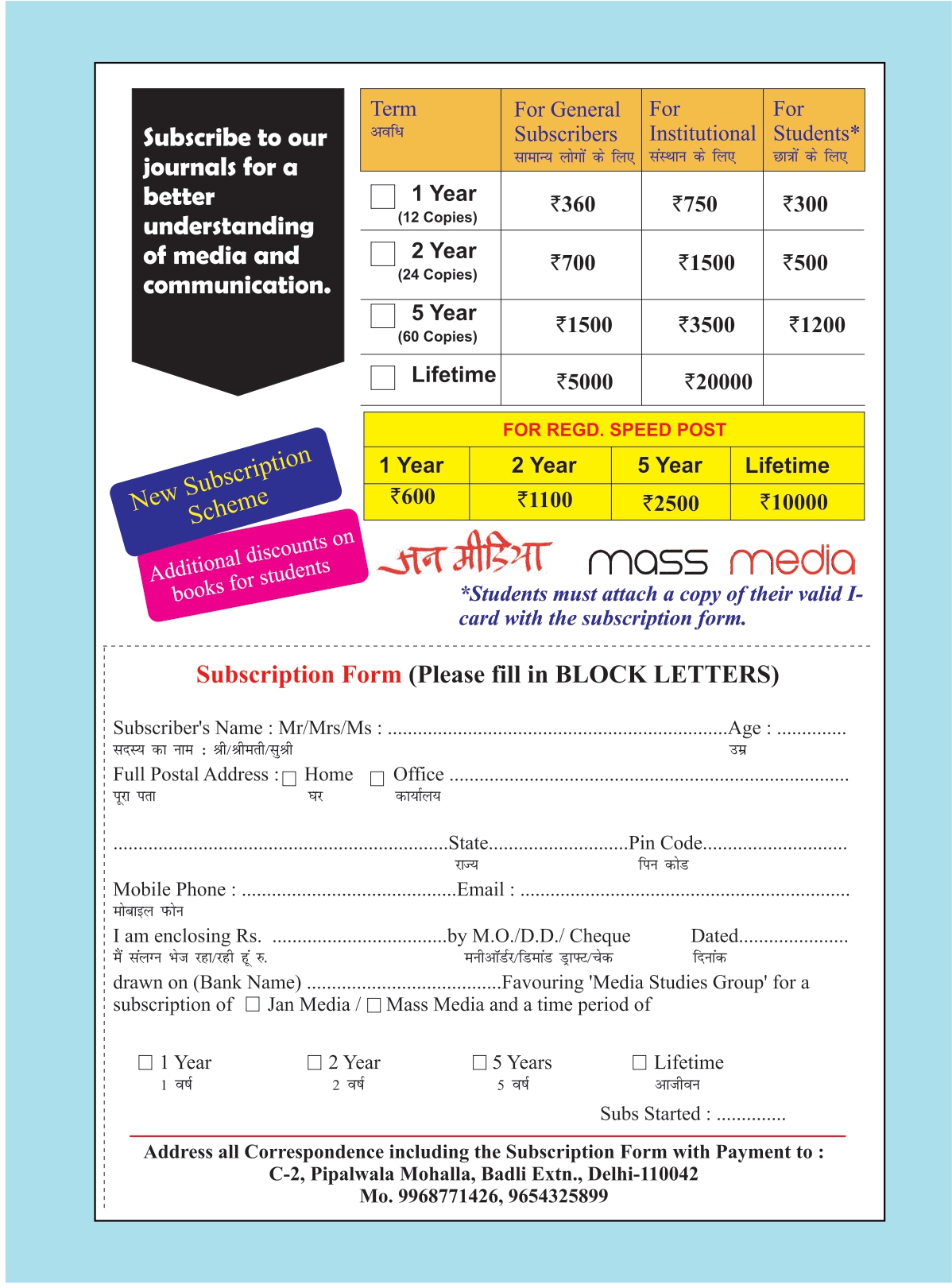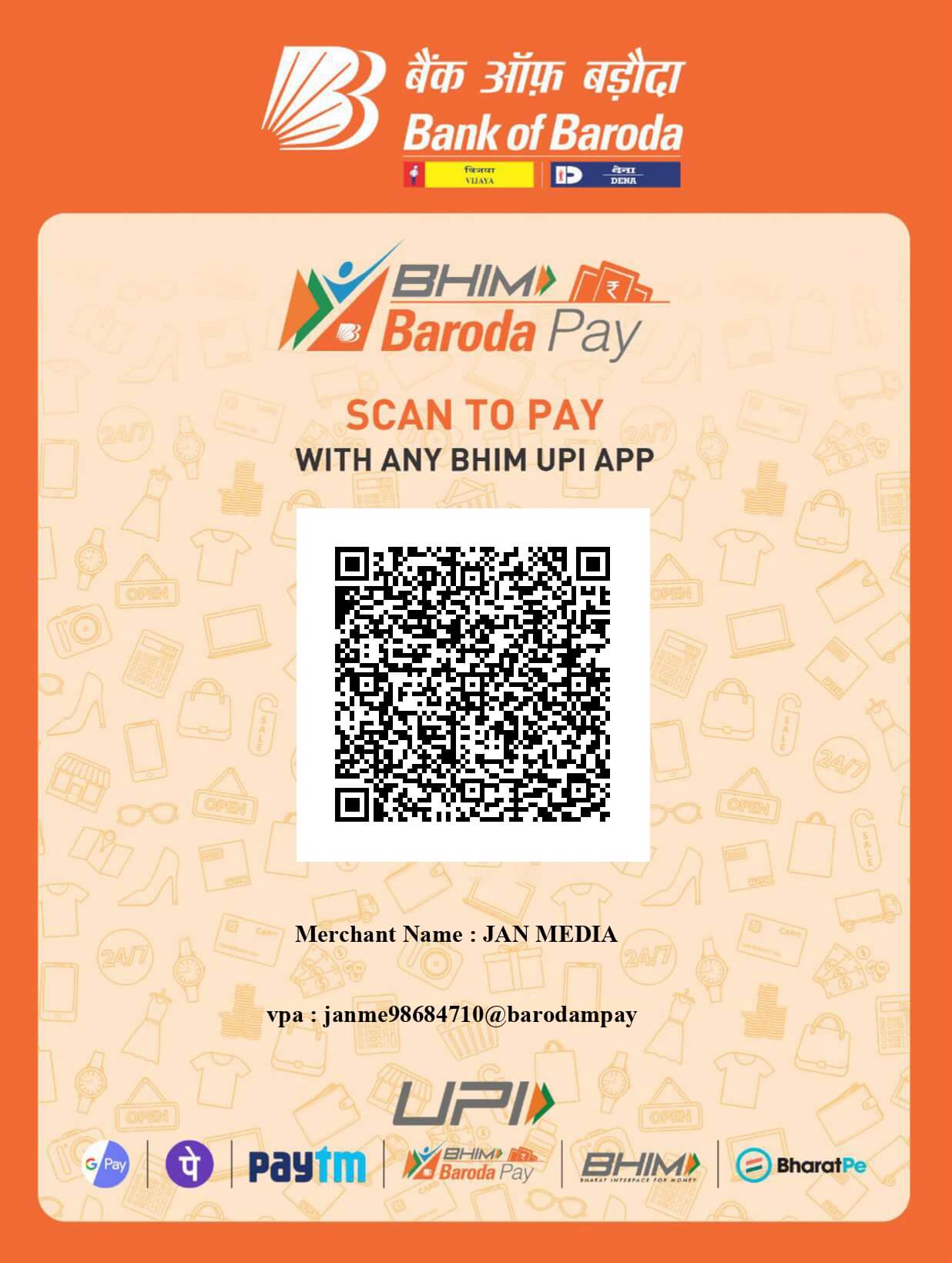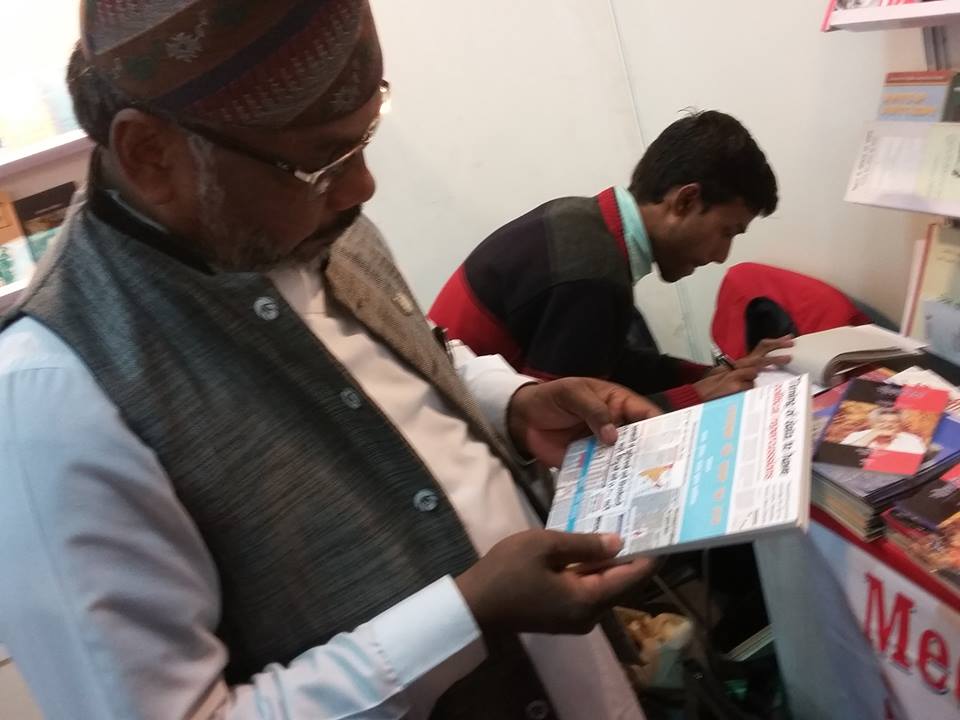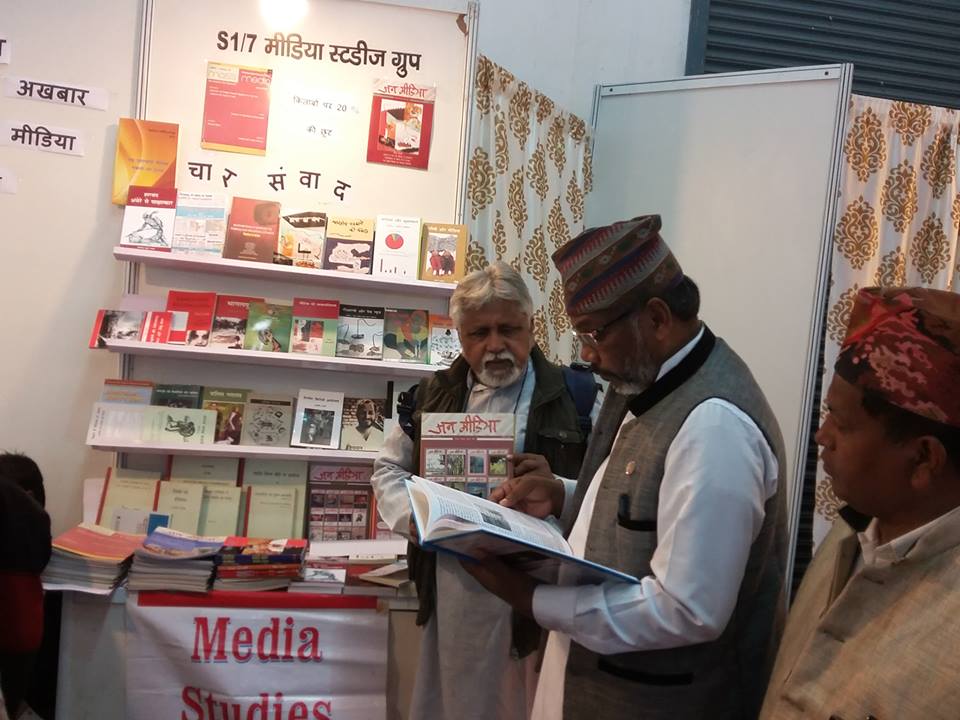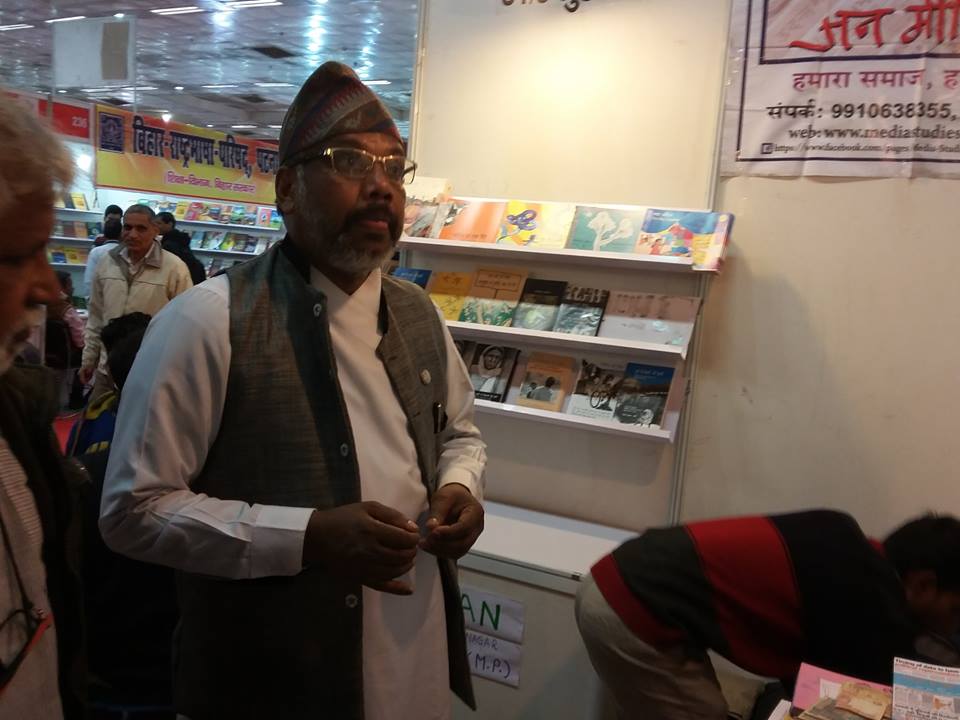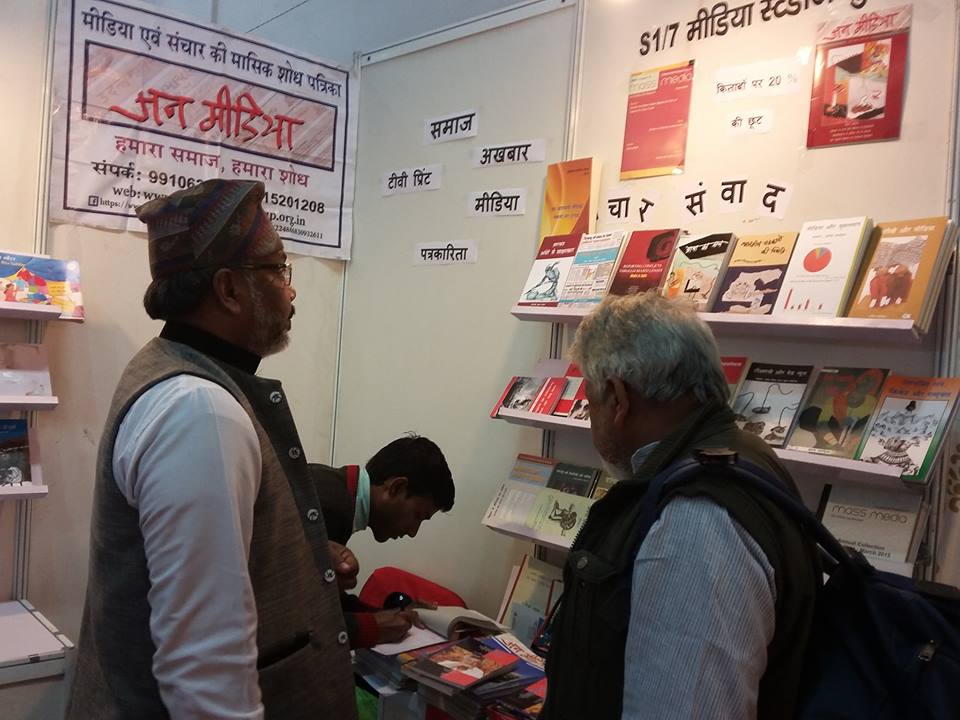Kashmiri journalists work in extremely adverse circumstances.
If journalism in Kashmir is surviving, it is all because of the mere passion of Kashmiri journalists to write and talk about their own conflict. At present media organizations and journalists in the mainland complain of harassment, intimidation, and selective denial of advertisements. In Kashmir, media organizations and reporters are known to it. A number of journalists have been killed for mere reporting. A number of reporters at the same time are losing jobs even after their 40s as news organizations and newspapers owners think they are well within their rights to dismiss any reporter any time without even notice.
If in 1990 a prominent editor of Urdu daily was killed, in 2019 situation doesn’t show any sign of change. Only in 2018, a well-known editor was assassinated outside his office. If in 1990s newspapers were banned, in 2010 also newspaper circulation was stopped by the government. If in 1990s photojournalists were being regularly being beaten by the security forces and the Army, the situation has changed for worse 30 years down the line. This year, the forces fired pellets at the photojournalists, who were covering a protest.
There all sort of labels to discredit journalists. Even a routine election of the Press Club of Kashmir has been turned controversial and those elected have been accused of being as “Jihadi journalists”. If you don’t believe it, just check a news report of The Times of India published on July 20. The report went to an extent to describe the Editors Guild of Kashmir as a creation of Pakistani’s Intelligence Agency ISI. Knowing the cost of such propaganda against journalists working in the conflict zone can incur, Kashmir based media organizations protested against the report but the TOI didn’t bother to respond. In fact, some Delhi based journalists termed Kashmiri journalists as the ISI agents in their tweets to justify a crackdown against media organizations in the Valley and the frequent summing of journalists to Delhi by the National Investigation Agency (NIA). Ironically, the TOI news report was filed by the former president of the Press Club of Kashmir.
The NIA is questioning Kashmiri journalists at such a pace that media organizations are wondering what to do with it. Some reporters and editors now don’t disclose that they have been subjected to questioning by the NIA. This is the atmosphere in which journalists have been working.
In the early years of the armed insurgency backed by the mass uprising that broke out in the Valley in 1990, journalists in Kashmir region were under pressure, especially local journalists and newspapers to carry statements of the various militant organization. Those days they were also under severe pressure from the government that was keen to see no report or talk about gross human rights abuses committed by the security forces and the Army in Kashmir region. Those days, killings would take place regularly. On daily basis, encounters and the crackdowns would take place. Enforced and custodial disappearances would take place. It was very difficult for reporters to keep pace with what was happening on the ground. It was difficult to report without fear of reprisal. When the government gunmen, commonly known as Ikhwan, in the mid-90s appeared, they targeted journalists for reporting and writing.
Thirty years ago when the insurgency started in the Valley and Kashmir got an international dimension with fear of nuclear war between India and Pakistan looming large, media organizations from all across the world would report about Kashmir. Till 9/11 Kashmir remained one of the world’s prominent news places that would regularly get space in the leading media organization of the world.
After 9/11 when the world got busy with other conflicts, the low-intensity insurgency in Kashmir became one of the “forgotten wars” in the media world of the world. Gradually instead of the regular reporters, international media organization preferred stringers from Kashmir. The stringers are doing great job, writing long pieces in different outlets of the world and the country.
But after 9/11, local media in the Valley grew and we saw local newspapers not only employing reporters but also paying them a salary. Greater Kashmir, Kashmir Times and later Rising Kashmir started competing with each other and with it the quality of news reports also grew. Kashmiris have been complaining against coverage of Kashmir by the national media. Both the liberal press and the hyper nationalists presented Kashmir through the State narrative. But with the local press things changed drastically and we saw of lot coverage of issues relating to human rights and governance in the local papers.
Human-rights violations, coverage of separatist groups remained an important element of print media of the Valley. The mainstream Indian media would mention these either in passing or completely ignores such issues. Later, the focus was shifted by national media to the militancy related violence and giving prominent space to the Army claims.
After Kargil war, Indian Army took much interest in the media coverage and started seriously carrying for the newspaper space. The Army understood the power of media after the Kargil war and it used all its resources to get coverage for the events of the Army. The mainstream Indian media, both electronic and print, has been used by the Army to project its humane face but while the same media has been used to demonize the separatists. That is why, the people saw hope in the local newspapers and the local press. They wanted to know happenings and events in the Valley as they happen. Local perspective also came to the fore with people writing articles and debating about the issues.
The government of India saw the local press as a problem after large scale agitation of 2008 when the local press highlighted consequences of transferring forest land to the Amarnath Shrine Board. And now, the press has been completely pushed to an extent that you won’t find any stories of human rights on any of its pages for months together. Reading local press gives an indication these days that Kashmir is the most peaceful place on earth and all it was waiting for Amit Shah to become Home Minister of the country.
Kashmiri journalists have a long history of fighting for press freedom. That is why, they see the present times as another rough phase which would also pass like the previous hard times.
There is a list of journalists who have killed.
On February 1, 2003, Parvaz Mohammed Sultan was killed. Two unidentified gunmen shot dead Parvaz Mohammed Sultan, editor of NAFA, a local news agency, in his office at the Press Enclave in Srinagar. With his killing, his news agency got closed. No one provided his family with any compensation. A few years later his wife too died. He had started his journalistic career from the daily Alsafa, the leading Urdu newspaper of those times, where he assisted Muhammad Shaban Vakeel as his associate editor. Vakeel was the then editor in chief of the newspaper daily Alsafa. During the early days of militancy, daily Alsafa News was widely read paper in the Kashmir region. Vakil was an income tax lawyer before starting the newspaper. He was an outspoken man who would publish all the militancy related news and would offer the best exclusives reportage that was unknown those days. According to journalists here, it was this newspaper that exposed the molestation of a number of women in Chanpora. “The exclusive forced Dr Farooq Abdullah to drive the then Kashmir Affairs Minister George Fernandes to the daily Alsafa office at Saraibal from where, in the dead of the night, he drove all alone to Chanpora and tape-recorded the statements of the women. Daily Alsafa was the first newspaper office in Kashmir that was raided by CRPF after an encounter broke out near-by. Its staff was dragged out and ruthlessly beaten. It was one of the two newspapers that were banned by Jagmohan later,” says a senior journalist. On April 23, 1991, Vakil was shot dead in his office by militants. He was 41. On Feb 1, 2003, Sultan was shot dead by unknown gunmen.
Kashmiri journalists exposed Kunan Poshpora in which army is accused of mass rape of women during cordon operation at Kunan Poshpora village in Trehgam Tehsil of border district Kupwara, some 100 km north of Srinagar on the night of February 23, 1991. The government of India sent the Press Council of India team to obfuscate the truth. Journalists worked to expose human rights violations, including rapes, killings, excessive use of force. In the process photojournalist, Mushtaq Ali was killed through a parcel bomb that was sent to kill senior journalist Yusuf Jameel, then working with the BBC. On September 10, 1995, Mushtaq Ali, opened a package at an office in Srinagar’s Press Enclave. The “parcel exploded, severing Ali’s left hand, disfiguring his face and severely injuring his right hand and abdomen”. He died three days later.
In another incident, 12 journalists were waylaid near Anantnag and kidnapped by government gunmen. The order was given by his so-called commander to shoot all of them. By some miracle, they were all saved. Senior journalist Zafar Meraj was fired several bullets by a young government gunman when he was attacked after returning from Hajin area where he had gone to interview Kuka Parray, the then Ikhwan leader. He survived. In mid-2000, a grenade was hurled by militants toward journalists at the press colony. It exploded and one of the senior photojournalists received minor injuries. Things didn’t change. In 2018, suspected militants assassinated senior journalist, Syed Shujaat Bukhari, in the press colony, when he was coming out of his office, along with his two bodyguards.
Recently, the National Investigating Agency (NIA) questioned an editor of the largest circulating daily for a week in Delhi in June 2019. In Srinagar, everyone knew it. Journalists, reporters and editors, politicians and the policemen knew that the editor is being questioned. But no one published news about, leave aside reporting about the incident or coming out to protest against the arrest. The only thing people were concerned about who would be the next. The practice to summon journalists to Delhi for questioning by the NIA started with the arrest of photojournalist Kamran Yousuf.
Yousuf, who worked for the state’s leading daily Greater Kashmir and two other publications as a freelance photographer was summoned by local police on September 4, 2017, and later handed over to NIA on charges of stone- pelting. He was flown to Delhi and was sent to 10-days police custody by an NIA court. Yousuf was arrested on charges of stone-pelting and onspiracy as part of a larger Jammu and Kashmir terror funding case. The NIA has used Yousuf’s presence at sites of various stone-pelting incidents as the primary evidence against him. The paper with which he was working went into a tizzy. Fearing that it might be a conspiracy to lay hands on Greater Kashmir, the paper didn’t acknowledge that Yousuf was stringer with the paper. In such an atmosphere of fear, journalists work in the Valley. They become apprehensive, skeptic and started doubting everything including themselves.
region witnessed disastrous floods across many of its districts caused by torrential rainfall. The then Chief Minister, Omar Abdullah, called it floods of biblical proportion. On September 7, 2014, a photojournalist Shafat Sidiq, was on assignment for Dainik Jagran, when he went missing. During the work, he was drowned and four days later his body was fished out. Survived by wife Yasmeen, 18-month-old son Mohammad, ailing father Mohammad Sidiq, mother Saleema and two sisters, Sidiq’s case was challenge for local journalists. It was after protest letters from journalists in Kashmir that forced the Dainik Jagran to pay his family as ex-gratia. Jagran had said he was working for it only as a “stringer” where freelancers are only paid when work is published. During his 20-year career in journalism, Sidiq worked with the Srinagar daily Aftab, the Jammu-based Kashmir Times and the daily Amar Ujala. He was an accredited journalist. But on his death the papers disowned him.
There is hope with Kashmir Press Club. Kashmir Press Club is talking about issues like health insurances to all club members, who are almost all journalists. It is out to provide some voice to journalists as all office bearers, who are reporters with different papers and TV channels. They are raising issues of beating and arrest of journalists with the government. Job is insecure and there are safety issues when you are on the job. But still, there hope that things will not remain the same for long. And no one among Kashmiri journalists wants to lose this hope.


